The Rise of India’s Mining Industry: evolutionizing The Way Forward!
The future of the global mining equipment market looks promising with opportunities in the coal, mineral and metal mining industries.
The major drivers for this market are growth in mining activities, increasing demand for metal and mineral commodities in growing economies, like India and China.
Indian Perspective – The Bottom Line
The mining industry is like any other manufacturing industry in that it utilizes sophisticated and productive machinery, along with digitization, so that it can prosper by increasing productivity while decreasing costs. Development in mining technology is ongoing throughout the world, notwithstanding India. Operational monitoring and control systems have enhanced the productivity, safety, and efficiency of mining. In addition, the mining industry is now using heavier and larger machinery. As things stand, the point of diminishing returns has been reached. The solution to this is IT-enabled automation. Increasing mechanization calls for more maintenance, repair work, operating supplies, and inventories. Advances in IT might be of benefit to all of these.
In recent years, the industry has faced pressure to invest in sufficient mining capacity and production to meet the current and expected demand growth for metals supporting the energy transition. But markets aren’t always completely efficient. In 2023, the prices of lithium, copper, nickel and cobalt fell sharply, as portions of the lumpy supply response came on stream while demand growth was temporarily stunted. At the same time, the price of uranium rose—with demand driven by growth in the nuclear industry after a decade of virtually no investment in supply.
With the launch of the National Mineral Policy 2019 and the Mines and Minerals (Development and Regulation) Amendment Act 2021, India presents a major opportunity for investors looking to invest in the metal industry in India.
India has large reserves of Iron ore, Bauxite, Chromium, Manganese ore, Baryte, Rare earth and Mineral salts.
The Metals and Mining sector in India is expected to witness a major reform in the next few years, owing to reforms such as Make in India Campaign, Smart Cities, Rural Electrification, and a focus on building renewable energy projects under the National Electricity Policy as well as the rise in infrastructure development.
A major segment or iron & steel industry is the segment of secondary producers which contributes more than 40% to the production of crude steel. The role of secondary steel sector in infrastructure development is immense.
Export duty on Iron ores/concentrates and iron ore pellets was raised to 50% and 45% respectively. In addition, 15% export duty was imposed on pig iron and several steel products.
Recognizing the importance of bringing sustainability in coal mining, a “Sustainable Development Cell” has been created in Ministry of Coal and in all coal PSUs to promote adoption of better environment management practices in coal mines. Metals & Mining Industry in India India is the second-largest producer of coal and crude steel in the world and also the fourth-largest iron ore producer in the world. Growth Driver
• Cost advantage Cost advantage in steel and alumina productionconversion
• Rising demand from infrastructure and transportation sectors Schemes such as Housing for all by 2022 and expansion of railway network
• Unexplored mines Only 20% of the total reserves of minerals have been mined till now
• Supportive government policies Permission granted to captive mines to sell coal in open market
• Atmanirbhar Bharat Abhiyan Production Linked Incentive scheme in specialty steel sector has been introduced under Atmanirbhar Bharat 3.0 package
• Single Window Clearance Portal A unified platform that facilitates the grant of clearances and approvals required for starting a coal mine in India
• Being the third largest energy consuming country in the world, there is always increased demand for power and electricity in the country, and hence the surge in demand for coal.
• Demand for steel is likely to grow by ~10% as the government’s augmented focus on infrastructural development continues with increased construction of roads, railways, airports, etc. Attractive Opportunities
• By becoming Aatmanirbhar in producing speciality steel, India will move up the steel value chain and come at par with advanced steel making countries like Korea and Japan.
• Under the PLI Scheme for Specialty Steel, 67 applications from 30 companies have been selected that will attract committed investment of Rs. 42,500 Crore (US$ 5.1 billion) with a downstream capacity addition of 26 million tonnes and employment generation potential of 70,000
• Minerals are precious natural resources that serve as essential raw materials for fundamental industries, so the growth of the mining industry is essential for the overall industrial development of a nation. The vast resources of numerous metallic and nonmetallic minerals that India is endowed with serve as a foundation for the expansion and advancement of the nation’s mining industry. India is largely self-sufficient in metallic minerals including bauxite, chromites, iron ore, and lignite as well as mineral fuels like coal and lignite. The industry has the potential to significantly impact GDP growth, foreign exchange earnings, and give enduse industries like building, infrastructure, automotive, and electricity, among others, a competitive edge by obtaining essential raw materials at reasonable rates.
Rise in infrastructure development and automotive production are driving growth. Power and cement industries are also aiding growth for the sector. Demand for iron and steel is set to continue given the strong growth expectations for the residential and commercial building industry.
The mining industry requires a large amount of energy to extract and protect resources, including a variety of refining and concentration processes. The decrease in the average copper ore grade has led to an increase in energy consumption and total material production, thereby propelling the demand for high-performance mining equipment.
The incorporation of artificial intelligence (AI) in mining equipment increases their efficiency, along with enhancing the productivity of mines and ensuring the safety of miners. Smart data and machine learning have also been adopted in the global mining industry across the world. The technological advancements are anticipated to propel the market demand throughout the forecast period.
Integration of automated technology in mining operations is expected to boost the demand for innovative mining equipment for firms to remain competitive. The demand for these automated solutions and equipment is expected to be higher in developed markets as the use of advanced technology requires highly skilled labor and strong network connectivity.
Emerging Trends in Mining Equipment Market
Emerging trends, which have a direct impact on the dynamics of the industry, are underground automation systems for effective mining, automatic power crusher for crushing and compacting operation, and multi-functional excavator for construction and demining function. The world continues to move towards a more technology-driven future, and mining is no Here are our top 2024 predictions for safe, smart mining operations:
Location-Enabled Automation Gains Traction
Mining operations are set to become more efficient in 2024, thanks to the application of smart mining technology. Innovative mining technology employs location awareness, machine learning, robotics, and other technologies that will allow mining companies to automate many of their processes and shift semi-autonomous operations to fully autonomous. This will not only reduce costs but also increase safety. By using remote-controlled or autonomous mining trucks, excavators, and mining equipment, humans can sometimes be removed from dangerous tasks, thus avoiding accidents.
One example of a technology that enables more automation in mining is chirp. Chirp is a wireless communication technology complementing GPS and LiDAR to exchange data (messages, sensor data), determine locations, and measure distances — for example, between miners, mining equipment, and vehicles.
This technology enables mine operators to optimize operations and reduce the risk of accidents by improving communication and coordination. In combination with an IoT platform that sets the collected data into the context of the particular mine (e.g., automated ventilation on demand, shift plans, traffic control, access control, and haulage priorities), these technologies are expected to make mining operations more sustainable by reducing energy consumption and waste production.
With all these advantages, it is no surprise that mining companies worldwide have already begun investing in the digital transformation of their mining operations. By the end of the year, we can expect a significant number of mines across the globe to be using location-aware smart mining technology as they strive toward greater safety, efficiency, and sustainability.
Real-time Monitoring of Operational Assets Gives Safety and Productivity a Boost
Technology is becoming increasingly important for ensuring safety and efficiency in the mining industry, especially as mining operations become more complex. We predict that in 2024, mining operations will rely heavily on innovative technologies such as advanced wireless communication technologies, real-time location system (RTLS) sensors and tags, and automation systems to reduce risks and increase productivity. The mining industry is increasingly harnessing the power of industrial Internet of Things (IIoT) sensors to improve mining operations. IIoT sensors are digital instruments that measure, record, and transmit data from mining assets to upstream management/monitoring systems, which may be located on- or off-site. Mining companies can automate processes and quickly identify problems by collecting and utilizing the sensor input readings from mining equipment, the air, movements of vehicles and workers, etc.
The key components mining system integrators need to deliver are reliable information about the “what is where, when” plus the individual status of the assets. The integration of radio frequency (RF) technologies delivering location, sensor, and communication data 24/7, like those offered by Inpixon, is fundamental to creating a digital twin of the mine assets and activities. In the coming year, we will see even greater adoption of location-aware IIoT sensors and digital twins, allowing for even more accurate monitoring of operational assets and predictive analytics to improve productivity, increase safety, and even to anticipate potential issues before they occur.
Physical Security Leverages Location Awareness
Mining operations have exceptional challenges when it comes to access control. Most businesses simply don’t have explosives or rare minerals on site!
Workers with authorization to enter sensitive areas can wear a cap lamp or vest with a location-enabled RF tag. Their location near an access-controlled door or portal can be passed to the access control system either as an extra authentication factor or to open the portal automatically. The same concept can be applied to authorized vehicles entering sensitive areas.
Utilizing location technology in this way can increase security and safety. It can also help prevent theft when high-value goods are tagged to send an alarm when leaving a geofenced zone. Additionally, theft investigations can be improved by providing an audit trail showing who was near sensitive materials when they went missing.
Increased Focus on Collaborative Technology
As mining operations become increasingly complex and competitive, mining companies can look to technology combinations for solutions. There is an increasing focus on collaborative technologies to improve coordination between people and machines. By using different technologies, these challenges can be better met in the following ways:
The use of sensors and IoT technologies to monitor machines and equipment: By connecting vehicles and equipment with sensors, companies can monitor machines and equipment in real-time and automatically stop them if necessary to prevent accidents, for example.
The use of AI technologies to analyze data and predict material needs: By using AI-based systems, companies will be able to analyze data and make predictions, which in turn will lead to better decisions. Funding plans and forecasting material needs will also be simplified by AI technologies. The use of chirp spread spectrum (CSS), a robust radio frequency technology, to:
1) augment GPS’s less accurate positioning in outdoor areas, and
2) to track underground assets and measure the distance between machines. CSS’s long-range and interference resilience make it an exceptional performer for outdoor and underground operations, location determination, and collision avoidance. The use of LiDAR, a laser light-based technology, to add high-resolution environmental scans. By using LiDAR to map indoor spaces, machines and workers get centimeter-specific information about the physical environment. Overall, the use of collaborative technologies in mining is of great importance, as it enables people and machines to work better together and thus improve safety, efficiency, and productivity in the mining industry.
Adoption of AI and Analytics
The use of artificial intelligence (AI) and analytics in mining has increased significantly in recent years and will continue to play an important role. By using AI technologies, companies can analyze large amounts of data and make predictions, which in turn can lead to better decisions.
An example of the use of AI in mining is the prediction of material requirements. By analyzing data on mining volumes and material consumption, companies can more accurately predict how much material they will need. This can help achieve material savings and increase efficiency.
Analytics, even without AI, also plays an important role in mining. By analyzing data, companies can identify patterns and thus make better decisions. For example, by analyzing operational data, companies can identify problems early on and thus avoid downtime.
As one example, AI-driven remote tunnel monitoring systems are becoming increasingly essential for underground mining surveillance. Knowing the condition and location of workers and assets in relation to the environmental parameters is critical to running mines effectively, safely, and productively.
A logical approach is to combine an IoT platform with an analytics layer that consumes the gathered mining data to enable accident prevention, congestion detection, and predictive maintenance. This can lower costs at both ends: at the mine or pit face – preventing non-functional equipment from blocking processes, and on the supply chain side – enabling long-term planning for buying material when available and at the lowest cost.
Overall, the use of AI and analytics in mining is of great importance to increase efficiency and productivity and to make better decisions. In the future, the use of these technologies in mining will become even more important to meet the challenges of the industry.
How Innovations are Shaping the Future of the Mining Industry?
Digitalisation of global mining operations and machinery is ensuring the industry is moving towards greater sustainability, efficiency, and growth.
Mining equipment consists of a wide array of machinery categories. Which combination is used at a particular site depends on what the mine produces. Equipment used for surface mining is distinct from that used for subterranean mining, for example.
Equipment, application, type, and region are important categories within the global mining equipment market that companies must be intimately familiar with and monitor relentlessly if they are going to progress and succeed.
Equipment
The equipment market can be segmented based on the types used, including drills and breakers, underground mining, surface mining, crushing, pulverizing and screening, and others.
Low Profile Dump Trucks, Load Haul and Dump Loaders, rail systems are some more subcategories of underground mining, together with electric shovels, excavators, dumpers, and other linked devices forming further subdivisions.
Applications
The applications market is divided into exploration, processing and refining, and transportation categories. Self-driving trains and trucks that can be tracked and controlled remotely are being used by some mining companies.
Autonomous transportation has the ability to increase safety in addition to facilitating effective material movement and freeing up staff to concentrate on other tasks. The safety of the mineworkers is seriously threatened by transportation incidents, and this problem can be greatly ameliorated by autonomous transportation.
Regions
On the basis of region, the market is split into North America, Europe, Asia Pacific, Latin America, the Middle East, and Africa. In the Asia Pacific region, China is expected to lead the sector, followed by Indonesia, India, the Philippines, and Papua New Guinea, with China being the most promising participant in terms of smart mining initiatives.
India is to be considered the next highpotential option for the top globallinked mining industry suppliers due to the country’s increasing mineral needs.
The expansion of the area’s industrial capacity is being fuelled by investment initiatives. In this region, there is a high level of technology adoption in fields including remote monitoring, operational analytics and data processing, and mining safety systems.
This market is projected to grow exponentially over the upcoming decades as drilling and exploration activities increase globally. The rising use of networked and smart solutions is a result of the sector’s increased embrace of automation technologies. This has in turn given market participants significant opportunities to upgrade legacy mining equipment and installations with digital products and processes, like data analytics to support and improve work practices, reduce operational losses, and lower costs. An increase in demand for innovative equipment with embedded digital technology is driving the need for greener and smarter mining equipment. The surge in ongoing mining projects is driving the market, and favorable government regulations are promoting the use of evermore efficient mining equipment.
Mining 4.0 and Industry 4.0
How mining’s place in the fourth industrial revolution holds the key to the world’s carbon neutral future Mining may be the gateway to the world’s carbon-neutral future. Green energy storage systems, for one, are largely dependent on minerals. According to the World Bank Group, clean energy needs will escalate the demand for rare earth minerals by nearly 500% by 2050. While this growing demand holds much promise for mining companies, it also creates new challenges. Mining operators must navigate the ever-present highly cyclical market conditions and capital-intensive operations. Recent trends layer on additional challenges, such as the progressive retirement of the industry’s most experienced workers, increasing regulatory pressures, and rising energy costs. To proactively manage these multiple challenges and capitalize on rising demand, mining companies must innovate and lower operating costs to remain both profitable and viable.
70% operating efficiency due to breakdowns and stalled production, which translates to the real potential for increased productivity and throughput 30-50% of mining operations costs are spent on maintaining plant, fleet and equipment, so, the magnitude of potential improvements on bottomline profitability is the significant 3-5X cost for urgent repairs and corrective work requests versus planned maintenance, often made evident by tracking the percentage of work orders managed through the planning office.While change is always difficult, the promise of technology (and Industry 4.0, Mining 4.0) is a welcome and required one for mining companies. Digital technologies and automation, or Mining 4.0, is defined by smart equipment, drive data-driven (and thus better) decisions, catalyze connected communications and provide easier, more affordable maintenance. From there, mining companies will be able to speed up production, reduce downtime and boost employee safety – three pillars that have challenged mining operations for years.
In recent years, the adoption of Mining 4.0, which will transform the mining industry, has accelerated. Since the beginning of the mining industry in the 17th century, a number of technological advancements have been made to address issues such as mine worker safety, equipment sustainability, and onsite and underground decision-making. Mining, a long-standing activity with a strong traditional profile, has experienced the greatest changes in its history in the past 100 years, particularly in efficiency and safety. This transformation culminated in recent years when technologies associated with Industry 4.0 began to be implemented in the sector. Automation, Artificial Intelligence, and the use of drones are just some examples of the progress being made toward Mining 4.0, which aspires toward sustainable, safe, and productive operations. Today, mining companies are heavily investing in the implementation of Mining 4.0 solutions. Industry 4.0 makes Mining 4.0 possible, which connects mining operations using digital twinning, big data, IoT, 5G, the cloud, and AI technologies. Removing human labor from mines is being accomplished by mining automation initiatives, and this sector is growing because the increased profitability in mining processes using automation is the primary factor propelling growth in the mining automation market. The use of cuttingedge mining machinery is anticipated to result in time and cost savings for operations. In order to boost efficiency and handle difficulties facing the sector, automation and digitalisation are frequently considered to be the sector’s most significant advancements. Increased focus on sustainable mining equipment Reliable equipment is needed for new emerging markets, as well as energy and environmentally friendly technology that is more efficient. It is anticipated that businesses that offer hybrid diesel/ electric and purely electric technology, and have adopted sustainable policies, will become key. Goals stated by the mining sector’s leading firms are to cut carbon dioxide emissions by up to 30% by 2030. Mines will probably be one of the last industrial sectors to revamp systems to optimize emissions outputs because of legacy procedures that currently impede them, even though they may be much lower than those pledged in the Paris Agreement. The global mining sector emits between 1.9 and 5.1 gigatons of CO2 (CO2e) annually but this must be reduced by at least 85% to meet climate goals. Mining businesses are starting to understand how important sustainability and corporate social responsibility are to their continued economic viability. The issue of sustainable mining includes both the usage of innovative designs and the company’s reputational and legal aspects. Along with this ongoing industry debate, mining equipment manufacturers are modifying technology to concentrate on electric power and energy efficiency.
Innovation Beyond Technology
While innovation and transformation hold great potential, mining companies must go beyond reducing maintenance costs and implementing technology solutions. Companies must work differently and work smarter to capitalize on the full potential of digital technologies and holistic data strategies that deliver operation-wide benefits. For successful adoption, overcoming internal organizational barriers and cultural challenges to digital adoption is equally essential. To reduce pressure on capital-intense mining operations, condition monitoring solutions can be “self-funding” initiatives on the journey toward Mining 4.0 as operational benefits of condition monitoring are realized progressively from the early stages of implementation. The way forward for mining companies is clear -- and full of promise. As the world increasingly relies on mining to produce the minerals needed for green energy, innovative mining leaders will usher in an era of profound global transformation that ultimately benefits us all.
The future
With potential in the coal, mineral, and metal mining industries, the future of the worldwide mining equipment industry appears bright. The main drivers of this market are the expansion of mining operations and the rising demand for metal and mineral products in developing nations like China and India.
Smart mining operations aren’t only the future; they’re the present. From improving workforce safety and enhancing productivity and efficiency across the value chain, to reducing monitoring and installation costs, smart mines are already revolutionizing mining operations worldwide. Failing to innovate by continuing to use costly, manual processes puts your company at a disadvantage both in terms of competitive productivity and in matters of worker safety.
With the rising demand from the construction and automotive industries, metal mining will continue to be the market’s largest application category. And the expanding demand for coal for power generation and rising metal consumption as a result of expanding infrastructure construction will maintain Asia-Pacific’s position as the world’s largest consumer. The region’s population increase, and urbanization are creating prominent business opportunities in the market for mining equipment.
The Indian mining sector is strategically important for India’s growth. The mining sector growth has significant implications for downstream industries such as power, steel, and aluminum, which are closely associated with the economy’s manufacturing (e.g., auto, chemicals, steel, and cement) and infrastructure (e.g., road, rail, and real estate) sectors. Considering its vast mineral reserves, India is endowed with significant mineral wealth.
The contribution of mining to India’s GDP has been estimated to vary between 2.1 percent and 2.5 percent over the last decade. The mining industry has the potential to help propel the country forward to a USD30 trillion economy by 2047. Furthermore, the mining industry can potentially create an additional 25 million jobs (direct and induced) over the business-as-usual scenario by 2047, which would be a significant share of the total non-farm jobs required to absorb India’s demographic demands. Moreover, the mining industry could contribute an additional USD 500 billion to India’s GDP by 2047.
The Indian mining industry is at an interesting pathway and recently saw various reforms to unlock the country’s mineral potential. The government has taken several initiatives, such as granting exploration licenses (EL) through auction and omitting 6 minerals from the list of 12 atomic minerals in the MMDR Amendment Act 2023 to attract private players. In addition, there is a significant focus on policy reforms, incentivisation, the development of multidisciplinary exploration capacity and investment in fast-track exploration activities for deep-seated and critical minerals



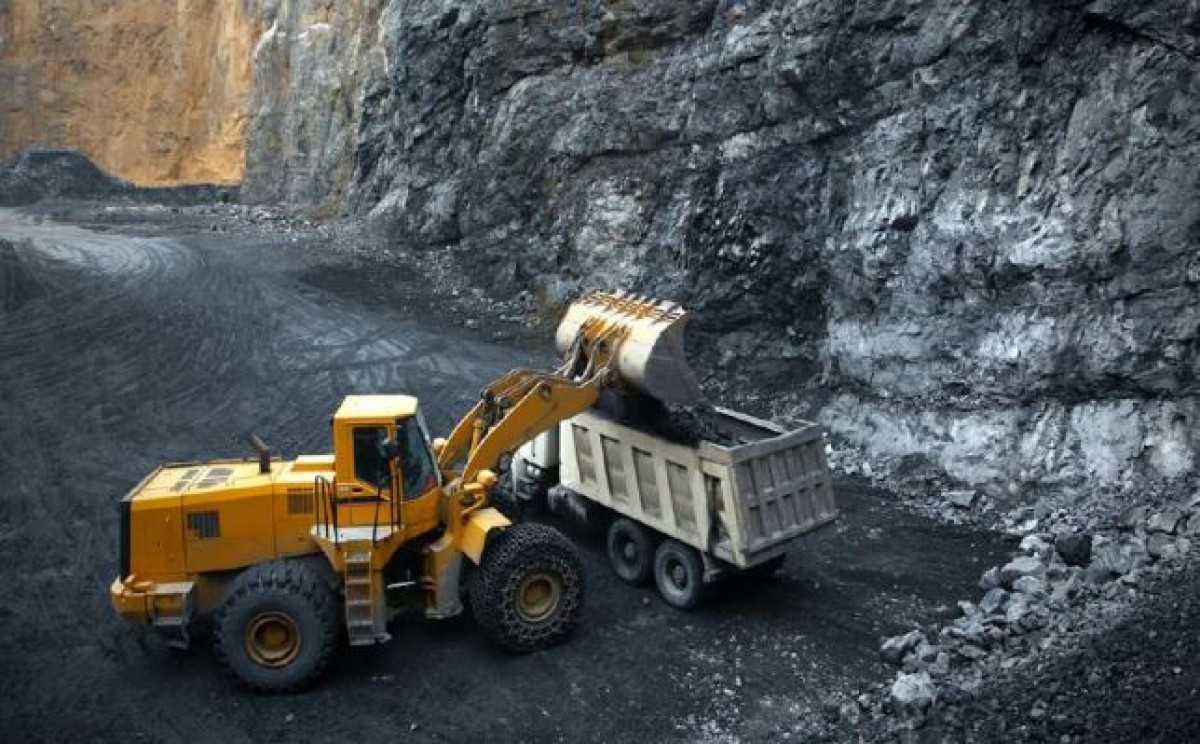


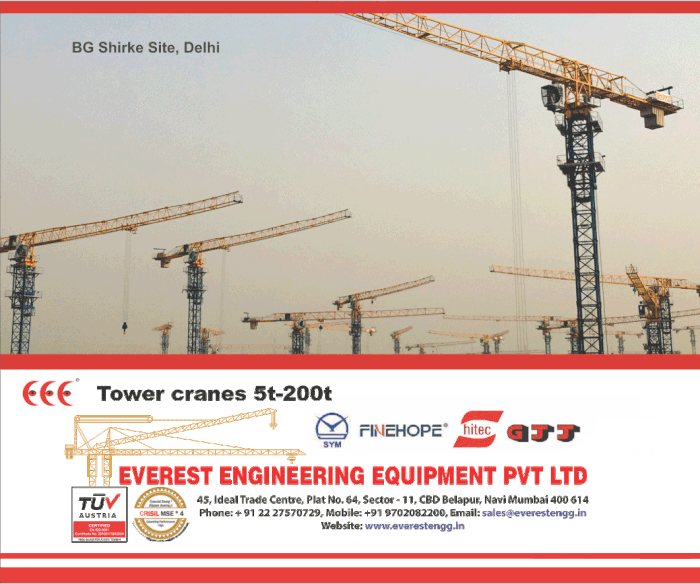

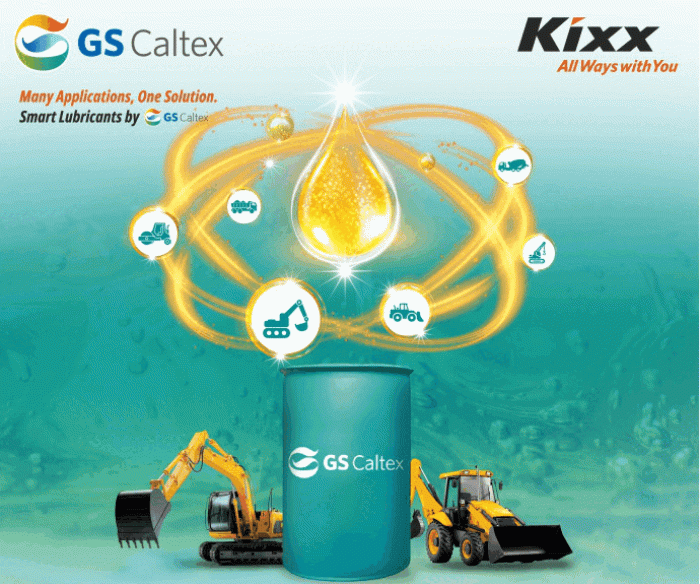

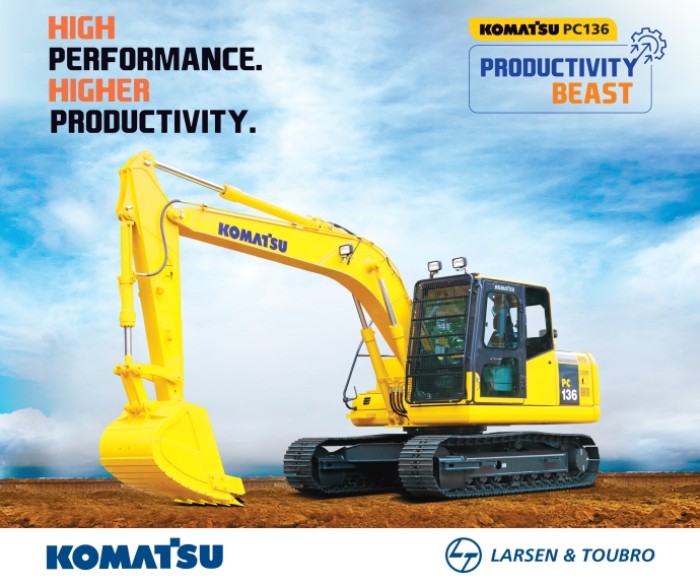

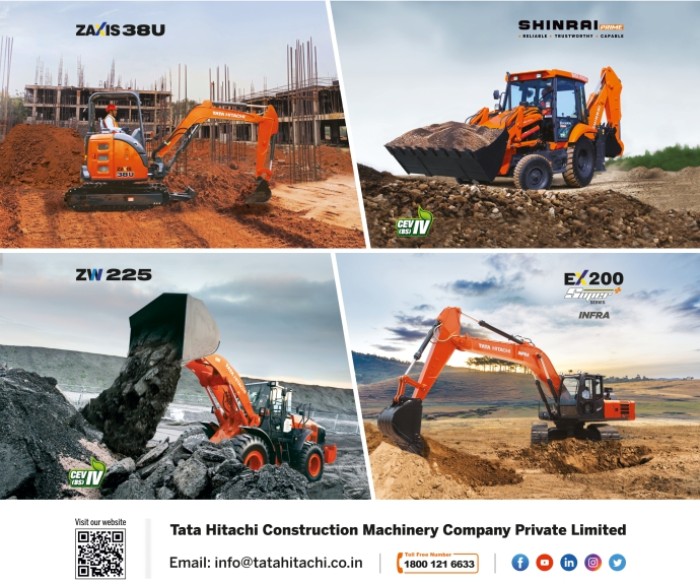



Leave a comment